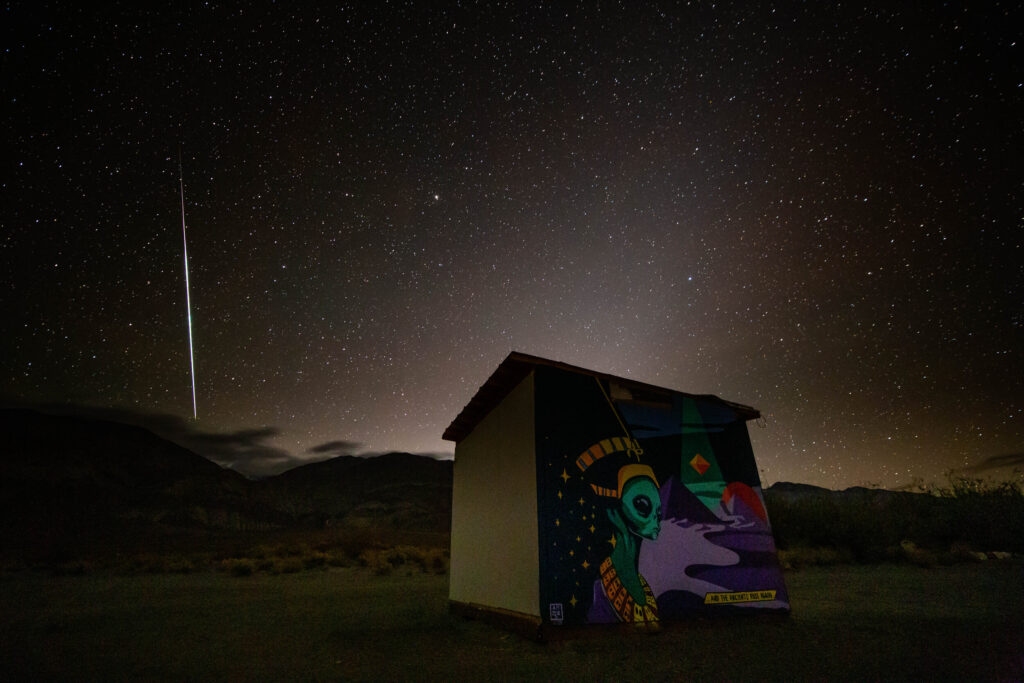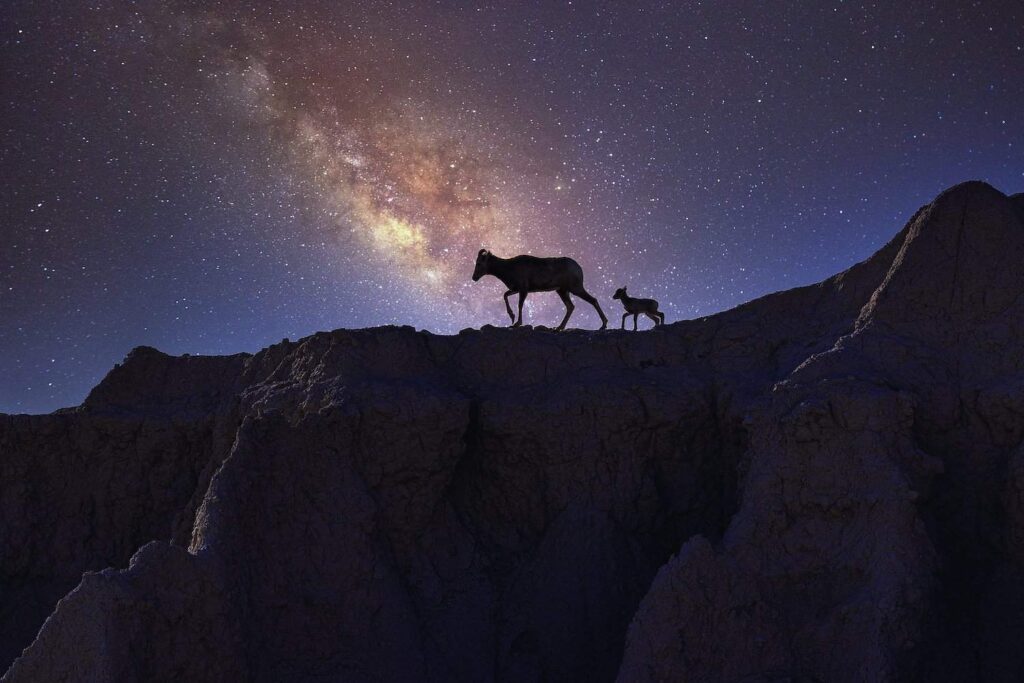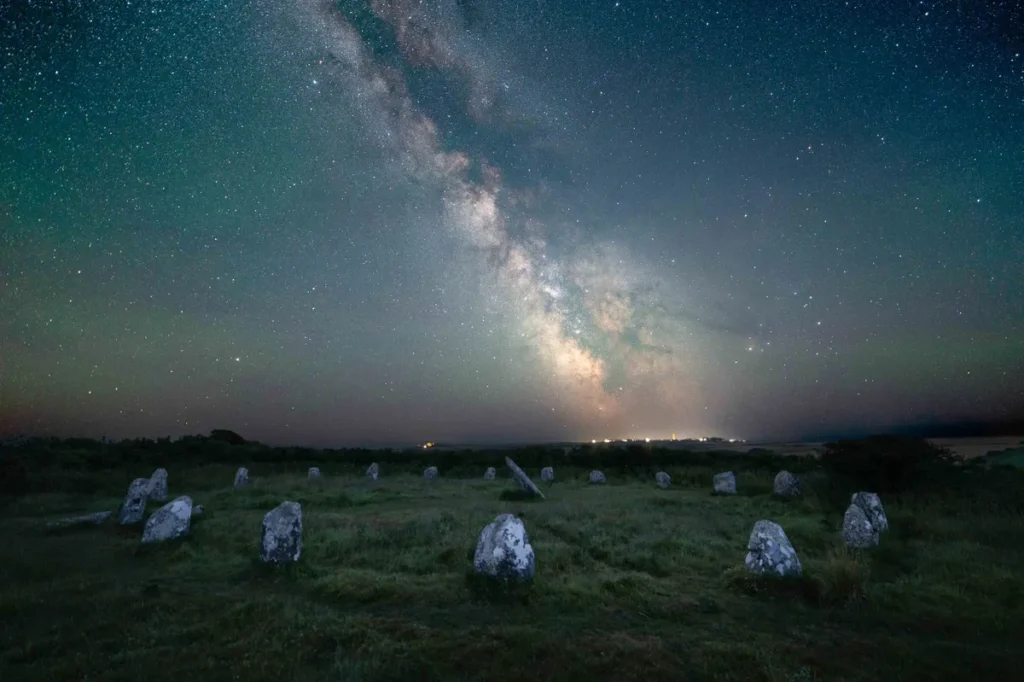Unlocking the Cosmos: Astrotourism and the Magic of the Night Sky
In an era where our lives are increasingly dominated by screens and city lights, there’s a growing hunger for experiences that reconnect us with the natural world. One such phenomenon gaining traction is astrotourism, a journey into the cosmos that invites us to gaze beyond our terrestrial bounds and revel in the splendor of the night sky.
The Allure of Astrotourism
Starry-Eyed Wanderers
Astrotourism is not a new concept, but its popularity has soared in recent years. It taps into a primal human instinct – the curiosity to explore the unknown. It’s a quest that transcends geographical borders, uniting people from all walks of life in their shared fascination for the cosmos.
The Technological Leap
Advancements in technology have democratized access to the night sky. Telescopes, once the domain of astronomers in remote observatories, are now accessible to anyone with a passion for stargazing. Additionally, powerful smartphone apps can identify constellations and celestial objects with a simple point of the device.
Destinations for Stargazers
Dark Sky Reserves
These protected area, often far from urban centers, are sanctuaries for stargazers. They boast minimal light pollution, offering unparalleled views of the night sky. Parks like the NamibRand Nature Reserve in Namibia and Jasper National Park in Canada are prime examples.
Pro Tip: Another great Dark Sky Park is Cape Lookout National Seashore in North Carolina, you’ll experience the beauty of the sea and the sky all at once.

Stargazing Festivals
Around the world, dedicated festivals celebrate the wonder of the cosmos. Events like the Winter Star Party in the Florida Keys and the Cumbria Dark Skies Festival in Cumbria, UK bring together astronomers, astrophotographers, and curious onlookers.
Pro Tip: A great autumnal stargazing festival is the California Dark Sky Festival in Panamint Valley!

Hike to the Stars
Part of the majesty of stargazing is immersing yourself in nature, and what better way to do that than hiking to the best view? Sage Creek Rim Trailhead in the northern part of the Badlands National Park, North Dakota or Olympic Hot Springs, Washington are the perfect experiences for avid hikers and stargazers.
Pro Tip: For a shorter, 2 mile hike try Duck Harbor, Acadia National Park, Maine.
The Art and Science of Stargazing

Astronomy for All
Astrotourism isn’t just for seasoned astronomers. Amateurs and enthusiasts can delve into the world of stargazing through workshops, guided tours, and lectures. Knowledgeable guides help demystify the cosmos, transforming complex concepts into digestible, awe-inspiring revelations.
Astrophotography
Capturing the night sky is an art form in itself. Astrotourism destinations often offer workshops on astrophotography, providing participants with the skills to immortalize their own cosmic encounters.
Conservation and Sustainability
Preserving the Darkness
As the popularity of astrotourism grows, so does the need to protect our dark skies. Communities and organizations are working to enact lighting regulations to curb light pollution and preserve the pristine beauty of our nightscapes.
Economic Boost to Local Communities
Astrotourism isn’t just about gazing at the stars; it’s also about supporting local economies. Hotels, restaurants, and small businesses in astrotourism hotspots benefit from an influx of visitors, leading to sustainable growth in these communities.
The Future of Astrotourism
As technology continues to advance and space exploration becomes more accessible, the potential for astrotourism is boundless. From space hotels to lunar colonies, the horizon of astrotourism is expanding far beyond our own blue planet. It’s an invitation to wonder, to learn, and to connect – or simply marvel at nature’s beauty.
- Destination Innovate LLC


